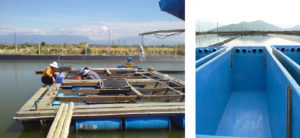
Floating raceways provide option for marine fish fingerling production
Floating raceways can be put in ponds, reservoirs, or sheltered waters as small-scale production systems for fingerlings or short-term nursery environments.
Phosphorus from uneaten feed and feces of culture animals can cause excessive phytoplankton growth and associated degradation of water quality.

Floating raceways can be put in ponds, reservoirs, or sheltered waters as small-scale production systems for fingerlings or short-term nursery environments.
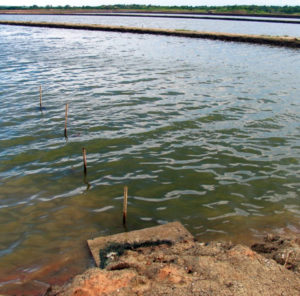
In the water of aquaculture systems, certain bacteria transform potentially toxic ammonia to nontoxic nitrate through nitrification.
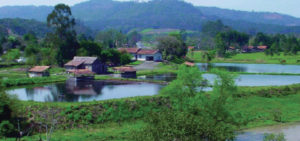
Freshwater fish culture is practiced in every state in Brazil, primarily at small-scale earthen pond facilities, but tilapia culture in reservoir cages is increasing.

As reflected in a survey by the authors, rising productivity and higher yields have made pangus culture more profitable than carp farming.
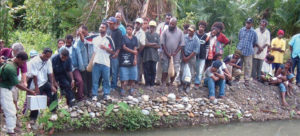
To further development of freshwater fish farming in Papua New Guinea, farmers need improved supplies of fingerlings and appropriate training and extension services.
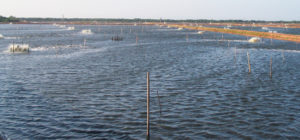
Alkalinity is an index of the capacity of water to neutralize acidity. Hardness represents the sum of calcium and magnesium concentrations. Both values vary greatly in freshwater sources.
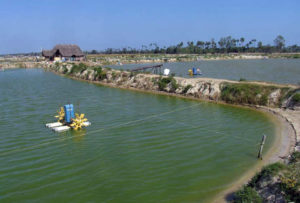
India farmers are considering ways to boost production. If approved on a wider basis, production of Pacific white shrimp could boost overall yields.
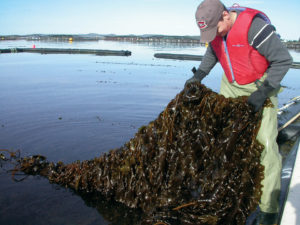
A project in Canada is assessing the industrial potential for integrated multitrophic aquaculture in raising kelps and blue mussels along with salmon.
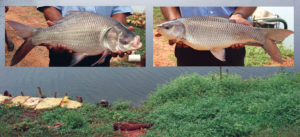
Carp polyculture with other species originally established through government projects has grown in India thanks to the application of advancing technologies and private financial investments.

Simple tools can take water and sediment samples to monitor quality variables in aquaculture ponds. Water surface samples provide limited information, while water column sampling delivers more specific data.
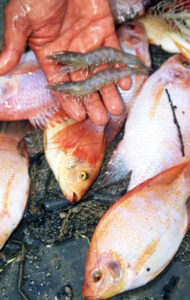
Polyculture production boosts fish and/or shellfish biomass and harvests by maximizing the different feeding habits and habitat preferences of varied culture species.
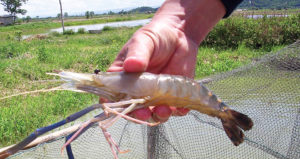
While the industry faces issues, freshwater prawn farming in Thailand offers a lucrative alternative to other forms of farming on small farms.
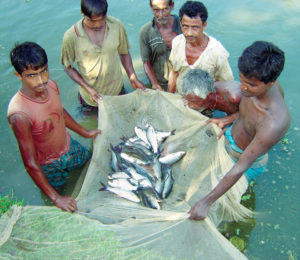
The addition of cheap, fast-growing silver carp to ponds with major carps would allow farmers to sell fish while retaining some for food purposes.
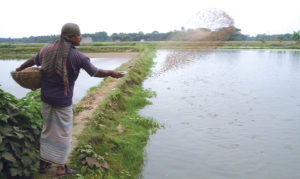
Traditional culture of native carps in Bangladesh has been diversified by the polyculture of introduced carps with tilapia and catfish. Production is becoming increasingly intensive, with an accompanying need for greater feed and other inputs. The culture of Thai pangas has expanded more rapidly than tilapia farming because pangas carry less risk and also provide a quick return.
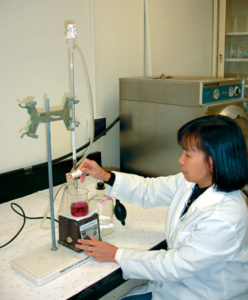
Although pond water samples collected to measure water quality are often held on ice, the values of some common variables in the samples can vary over time.